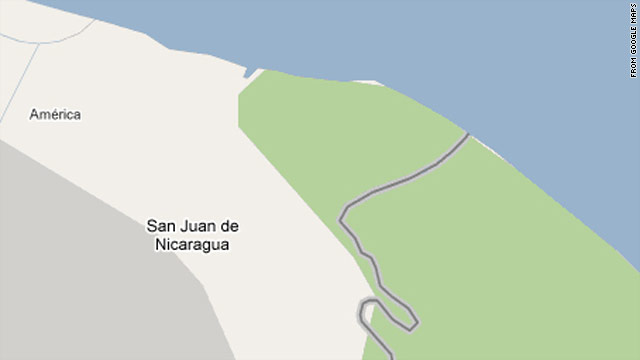The mapping brain
 Thursday, December 9, 2010 at 8:23AM
Thursday, December 9, 2010 at 8:23AM This is an interesting article from National Geographic about "The Map and the Mind", which makes the argument that our intellectual maturation as individuals can be traced through the way we draw pictures, or maps, of our surroundings, and that the humble map helped “advance the evolution of abstract thinking” throughout society.
"Nicholas Carr’s new book, The Shallows: What the Internet Is Doing to Our Brains, examines how our intellectual technologies—the tools we use to find, store, and share information—influence the way that we think, from the map and the clock to the book and the Internet. In this excerpt, Carr looks at the map’s far-reaching effects on the intellectual lives of our ancestors."
I assume in the book he talks about internet mapping and LBS, but that will have to wait until I can get my hands on the book.
 Maggi | in
Maggi | in  cartography |
cartography |  Google Earth Engine can help scientists track and analyze changes in Earth’s environment and can be used for a wide range of applications—from mapping and monitoring water resources to ecosystem services to deforestation. The idea is to enable global-scale monitoring and measurement of changes in the earth’s environment by providing scientists a vast new amount of data and powerful computing resources.
Google Earth Engine can help scientists track and analyze changes in Earth’s environment and can be used for a wide range of applications—from mapping and monitoring water resources to ecosystem services to deforestation. The idea is to enable global-scale monitoring and measurement of changes in the earth’s environment by providing scientists a vast new amount of data and powerful computing resources.



